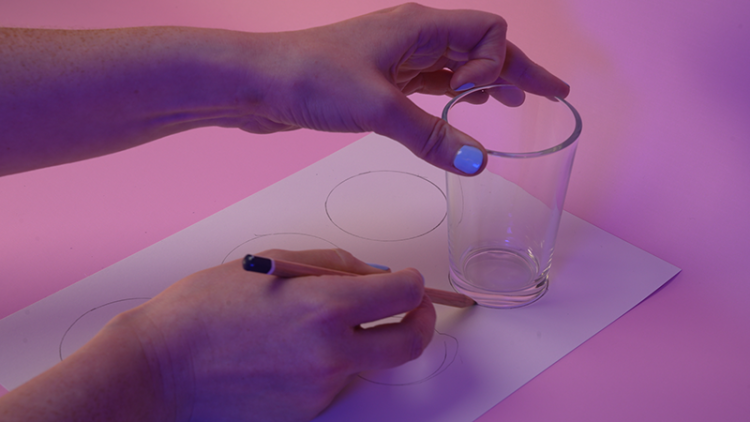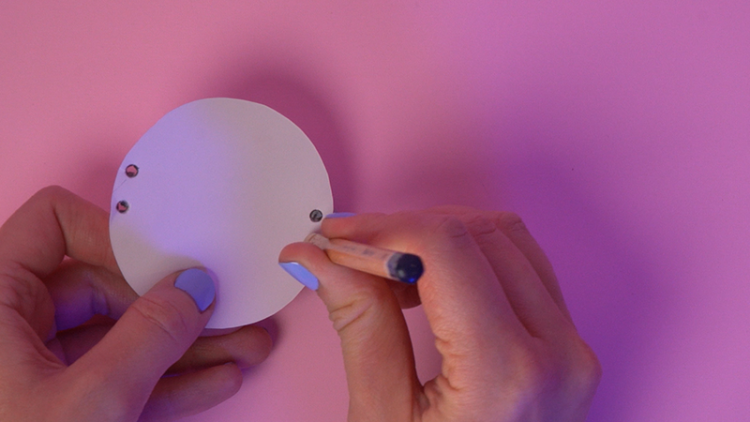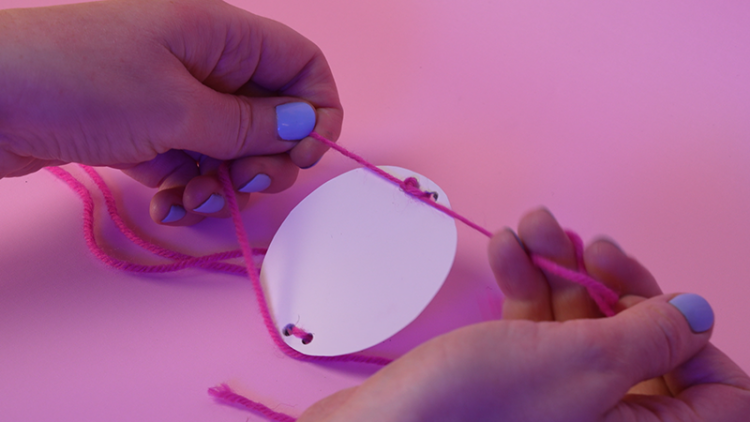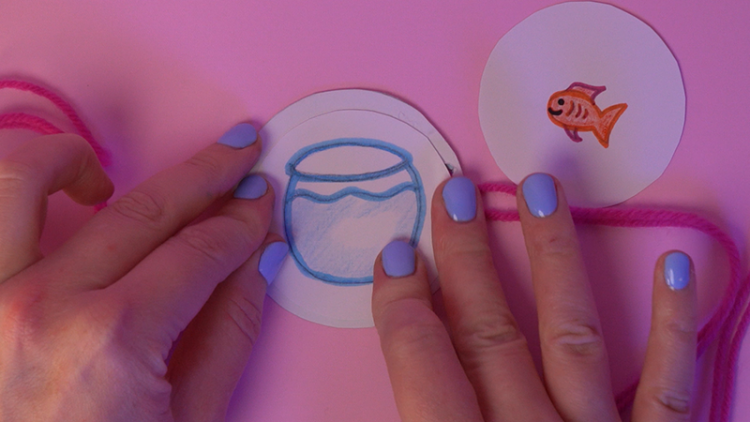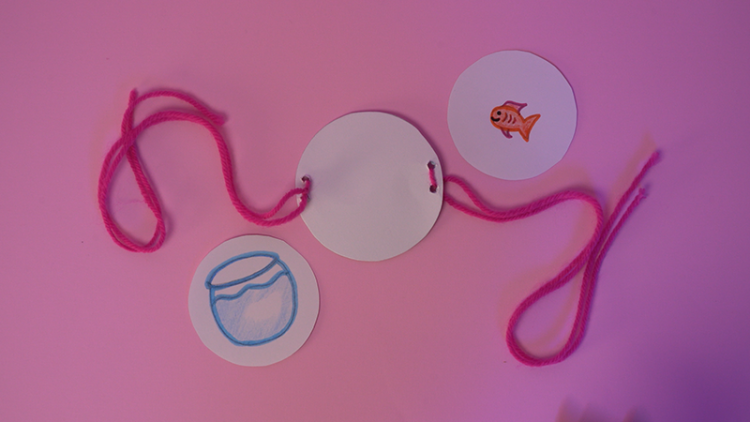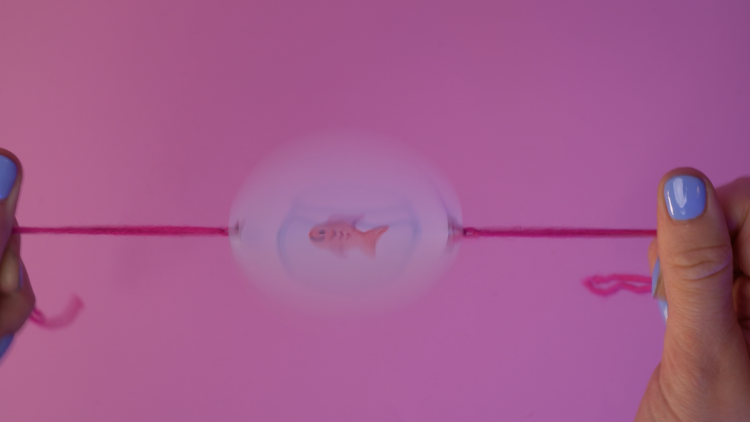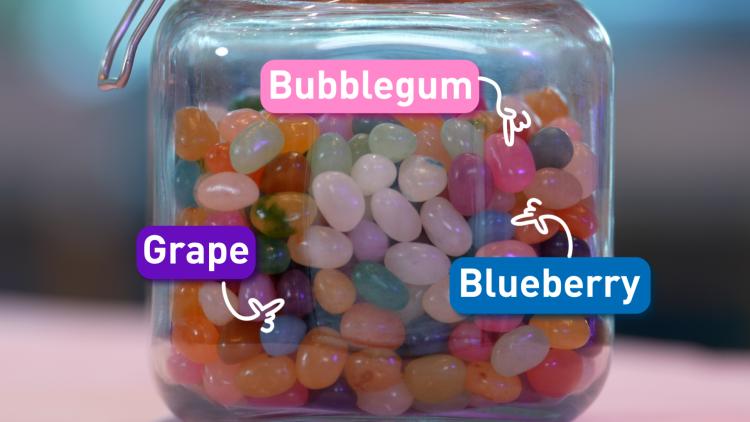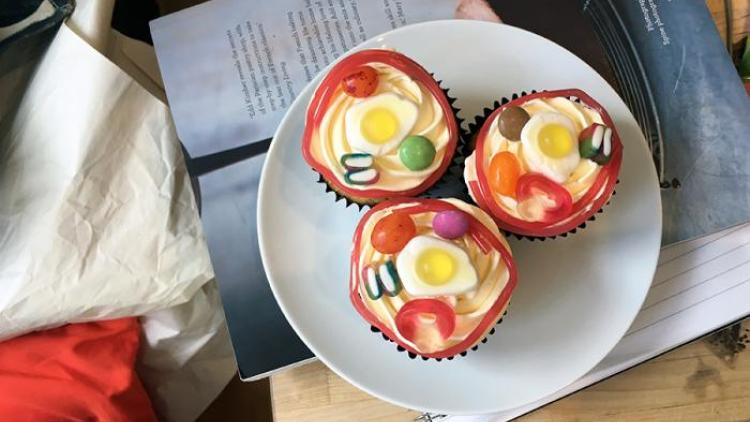Make a science spinner
This activity will take 30 minutes, is for ages 7 to 10 with supervision needed.
When you look at something, your eyes send the information of what you see to your brain. Your brain can only process this information at its own speed and when things move too quickly, it can make mistakes.
A thaumotrope is a spinning toy invented way back in the 1800s. It tricks your brain into seeing two different images together as one image. This is how videos trick your brain into seeing a many separate images as a moving picture.
What you'll need
- Card or thick paper
- A glass
- Two 50cm lengths of string
- Colouring pens or pencils
- Scissors
- Blu Tack
- Glue
Step by step
Fun facts
This illusion helps us understand how your brain works. Your brain receives information from your sensory organs such as your eyes and nose. These organs send information through a network of nerve cells called your nervous system. Your nervous system can send messages quickly, but when objects move too fast, your brain can get confused.
When your thaumotrope spins slowly, your eyes and brain can easily work out there are two images. When it spins faster your brain can’t keep up. In its confusion, your brain interprets the two rapidly changing images as one.
As well as receiving information from your senses, your brain makes predictions about what it expects will happen based on your past experiences. These two sources of information combine to create what you see.
Crick scientists
Here at the Crick, scientists are finding out how the brain and the nervous system work. They’re studying what’s different in the brains and nervous systems of people living with certain diseases. This will help us treat those diseases and make people feel better. Learning how nerve cells work and why they sometimes don’t work might also help us prevent and treat diseases like Alzheimer's and Parkinson's.
